Testing is a critical part of any development process, but in the complex world of blockchain, it can be both indispensable and daunting. Blockchain, and Ethereum in particular, has transformed from a niche interest of cypherpunks to a sprawling ecosystem that touches countless applications and industries. But navigating the intricacies of Ethereum development is far from straightforward. Enter the Test Ethereum (Test ETH) Faucet – an underappreciated gem in the blockchain developer’s toolkit.
What is a Test ETH Faucet?
A Test ETH Faucet is a tool that enables developers to obtain a small amount of Ethereum (ETH) for testing purposes. The concept is simple – if you’re developing smart contracts, decentralized applications, or other Ethereum-related projects, you need a small amount of ETH to deploy and test on the blockchain. This isn’t like your personal bank account where you can’t go around withdrawing for tests – Test ETH faucets are platforms specifically designed to give developers a minimal amount of stability and utility tokens.
The purpose of Test ETH is mainly to simulate the Ethereum network without the cost associated with running transactions on the actual mainnet. It allows developers to experiment with the system without spending real money. This helps developers to test their smart contracts and applications without risking any real ETH, which could be expensive if something goes wrong.
How to Use a Test ETH Faucet
Using a Test ETH faucet is relatively straightforward. You can typically find several faucets by simply searching online. Here are some basic steps you can follow to get test ETH from a faucet:
- Open your preferred browser and search for “Test ETH Faucet.”
- Choose a faucet from the results that best suits your needs.
- Follow the instructions provided by the specific faucet you have chosen.
- Some faucets may require you to complete a captcha or participate in a short survey before receiving test ETH.
- Once you have completed the steps, the faucet will typically send a small amount of test ETH to your designated Ethereum address.
- Test ETH can then be used for experimentation and testing on the Ethereum network without any cost.
Benefits of Using a Test ETH Faucet
- Cost-Effective: As mentioned before, using test ETH from a faucet eliminates the need to spend real money on transactions, making it an affordable option for developers.
- Realistic Testing Environment: Test ETH faucets simulate the Ethereum network, making it an accurate representation of what would happen on the mainnet. This allows developers to test their projects in a realistic environment before deploying them on the actual blockchain.
- Easy to Obtain: Using a test ETH faucet is quick and easy, requiring only a few simple steps.
Why do you need Test ETH?
The Ethereum mainnet operates on a proof-of-work consensus algorithm, which means that every transaction has a fee, known as gas. This is where Test ETH provides invaluable service. During the development phase, testing on the mainnet can get expensive very quickly. At the same time, it’s not viable to conduct tests on an empty blockchain – we need some currency in the tank to actually simulate real-world scenarios and interactions.
Test ETH is Ethereum’s equivalent of Monopoly money, only with profound implications for the decentralized finance (DeFi), non-fungible token (NFT), and Web3 landscapes. It’s a necessary and universal escape vehicle for developers who want to stress-test their blockchain applications without the scattered collateral damage to their wallets.
Different Test ETH Faucets Available
There are several Test ETH faucets available, with the best ones tailored to specific use-cases. An efficient Test ETH Faucet will provide developers with a quick and seamless experience, offering not only the virtual currency but also resources and documentation on how to use it effectively in a testing environment.
Some popular Test ETH faucets include The Ropsten and Rinkeby networks for Ethereum, which are public networks specifically set up for this purpose. They imitate the features and functionality of the Ethereum mainnet, thus enabling a robust environment for testing smart contracts, DApps, and dAppBrowsers without any cost. Other faucets like Kovan and Goerli also provide similar functionalities, each with its nuances and benefits for developers.
Steps to Get Test ETH from a Faucet
The process can have slight variations depending on the faucet you are using, but the general steps can be simplified into the following:
- Select a Faucet: Depending on the network type you want to test (e.g., Ropsten, Rinkeby, Kovan, etc.), select a corresponding faucet. Google the name of the network plus “faucet,” and you’ll find a few results.
- Indicate Your Address: Once you’re on the faucet’s website, you typically input your Ethereum public address. This is where the Test ETH will be sent.
- Complete the Captcha or Identity Verification: To prevent abuse, some faucets require you to complete a captcha or a more involved identity verification process.
- Receive Your Test ETH: After you’ve verified your identity, the faucet will send the requested Test ETH to your provided address.
- Start Testing: You can now use the Test ETH for the intended test cases within the scope of your development project.
Remember to use Test ETH only in a secure testing environment. It’s a security best practice to never mix testing and real funds.
Conclusion
Test ETH Faucet is a gateway to a world of robust testing for projects on the Ethereum network. It eliminates the financial barrier to entry, enabling more developers to iterate on their projects safely. For those in the blockchain and Ethereum development space, an understanding of how to tap into this resource can not only save money but also contribute to the stability and efficacy of innovations in the blockchain domain. Happy testing! So, next time you’re ready to test your smart contract, DApp, or dAppBrowser on the Ethereum network, make sure to use a Test ETH faucet for a seamless and cost-effective experience. Whether it’s Ropsten, Rinkeby, Kovan, Goerli, or any other networks compatible with your project needs – there’s always a Test ETH faucet out there to support your testing journey. So go ahead, take that plunge and unleash the power of Ethereum without worrying about financial constraints. Happy testing!
FAQ
How does a Test ETH Faucet Work?
A Test ETH faucet is essentially a Web3 interface that interacts with the Ethereum blockchain. When you request Test ETH, the faucet itself is making a transaction on the Ethereum blockchain that sends the Test ETH to your designated address. It’s a simple, user-friendly way to harness the power of Ethereum without any financial risk.
Are there any Limitations on the Amount of Test ETH You Can Receive from a Faucet?
Yes, there are limitations, and generally, it’s to ensure that the faucet doesn’t run out of Test ETH for other users. However, the specific limits can vary from faucet to faucet and are usually more than enough for standard testing purposes.
Can I Use Test ETH Received from a Faucet on the Ethereum Mainnet?
No, Test ETH is not real Ethereum, it cannot be used on the mainnet, and does not hold any value. It’s solely for use in development or testing environments.
Are There Any Alternative Methods to Obtain Test ETH for Testing Purposes?
In addition to faucets, some developer frameworks and sandboxes provide Test ETH as part of their environment setup. These tools can be more comprehensive, providing an entire suite of utilities for developers interested in Ethereum technology. Additionally, you can get in touch with fellow developers or communities who might be able to send you some Test ETH directly for your testing needs.


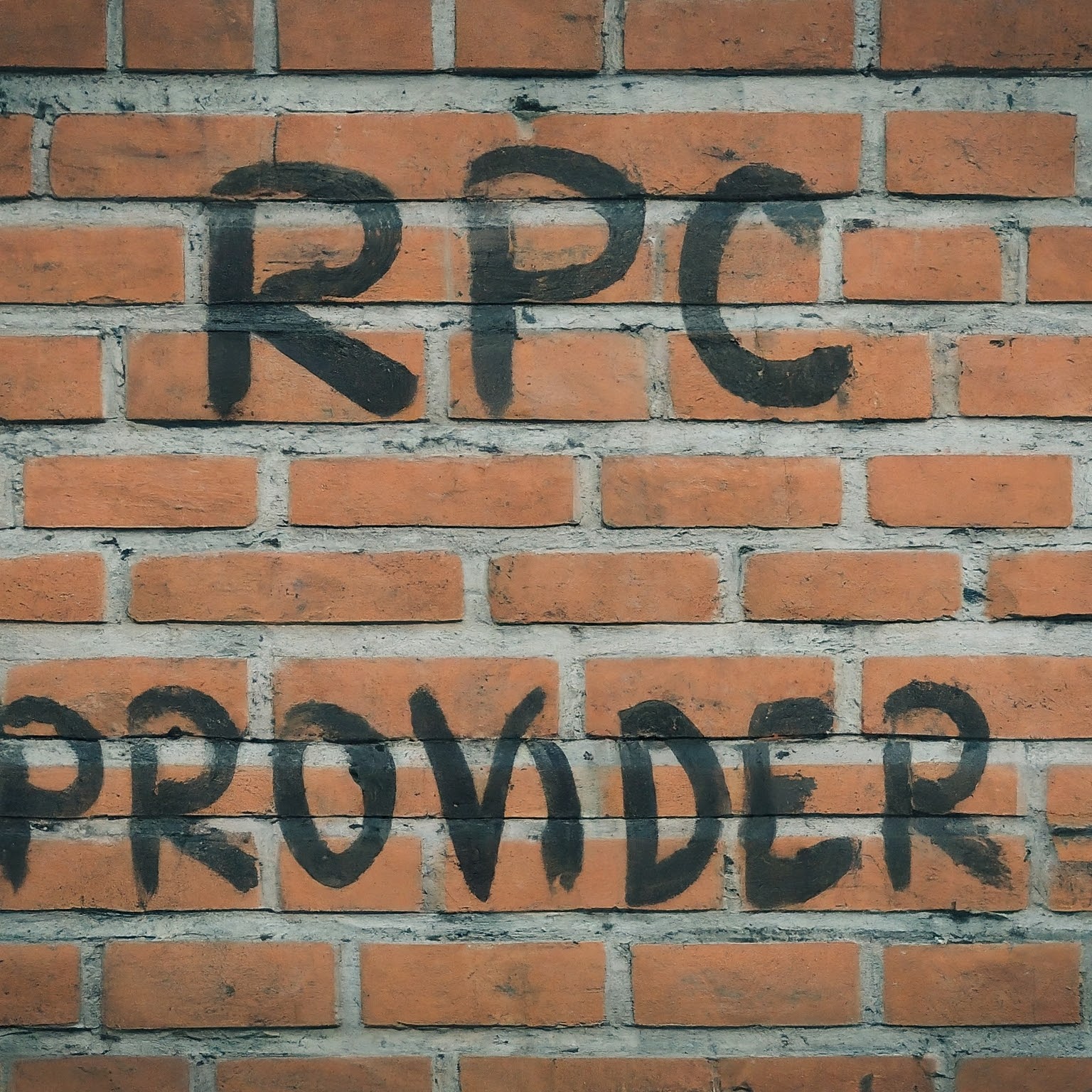
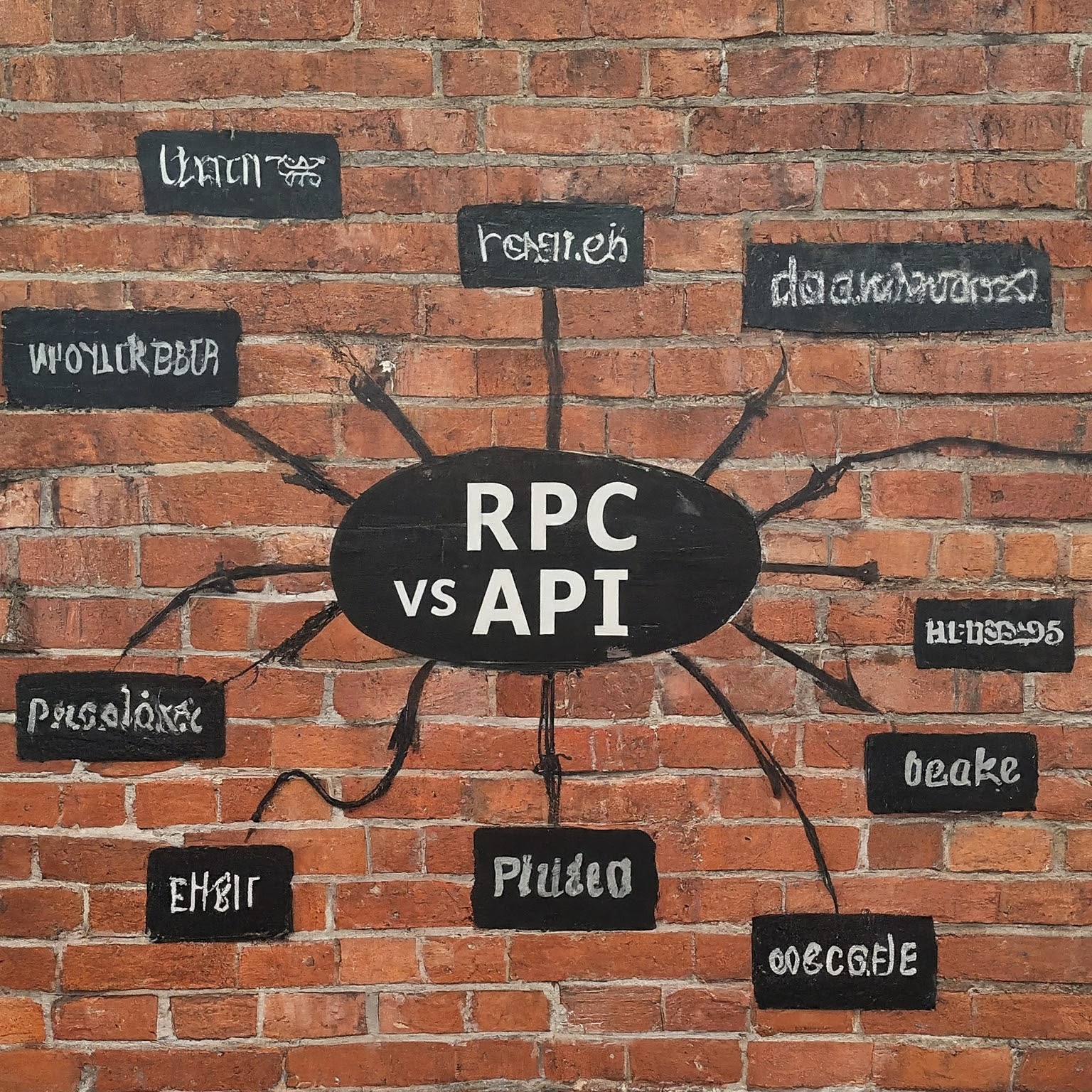
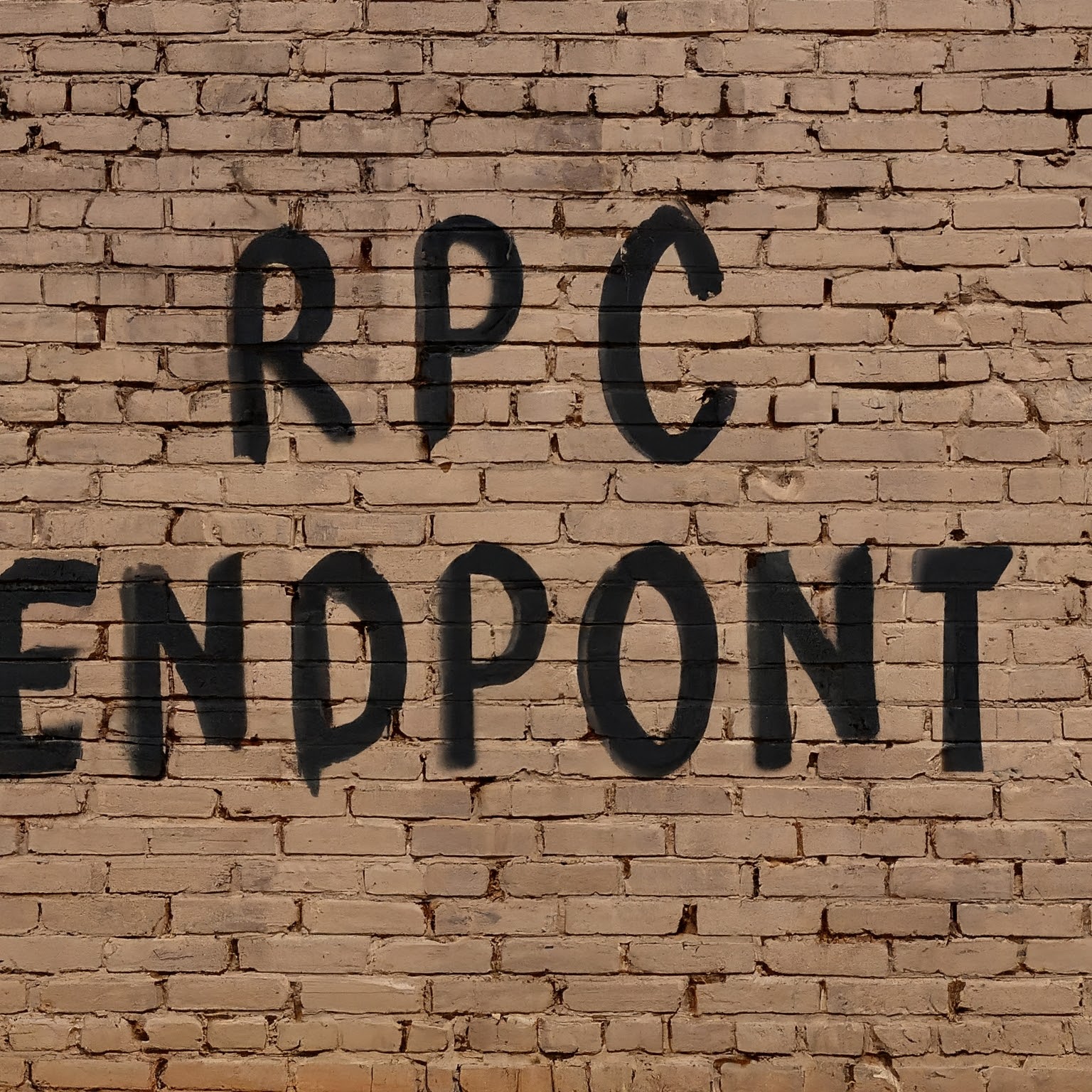

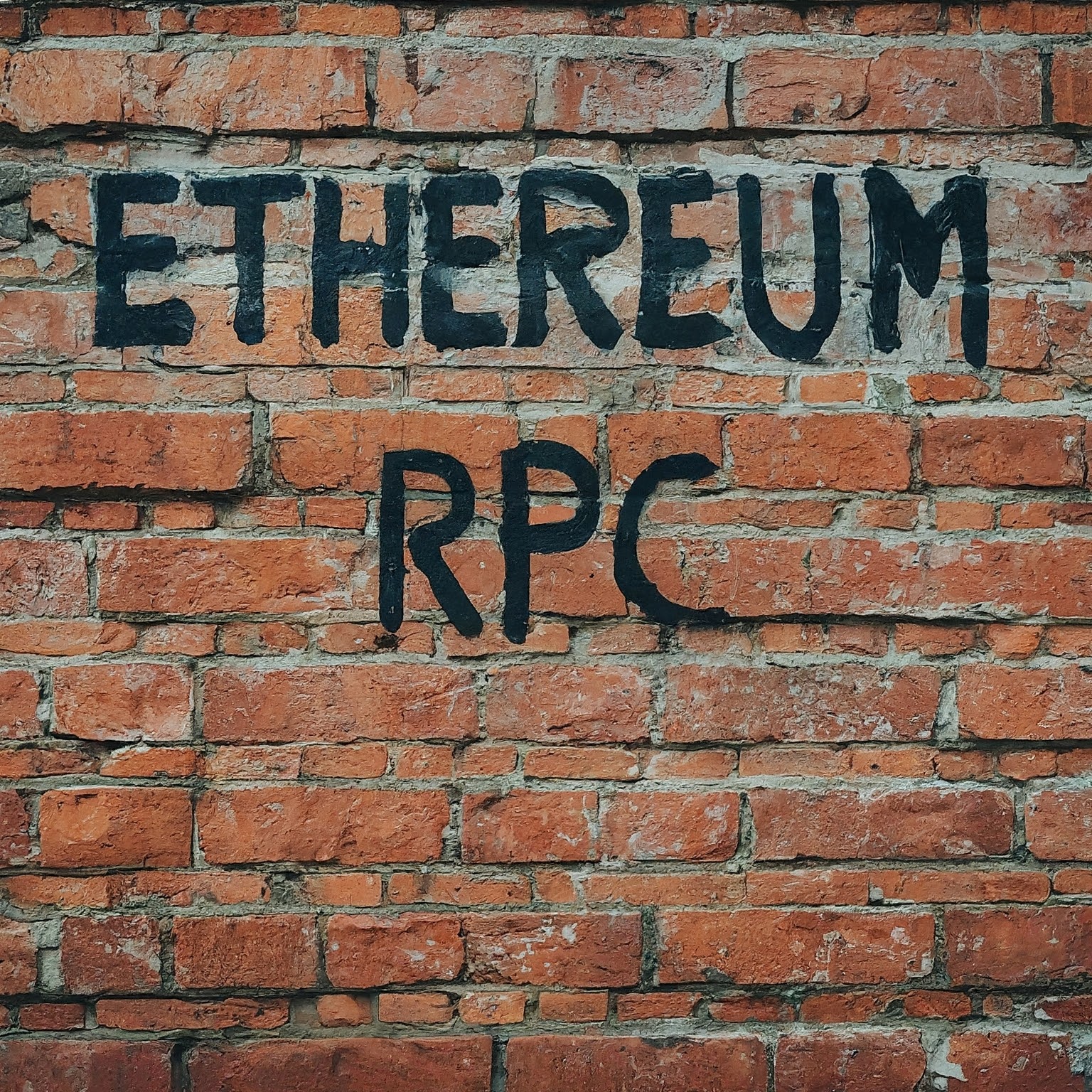

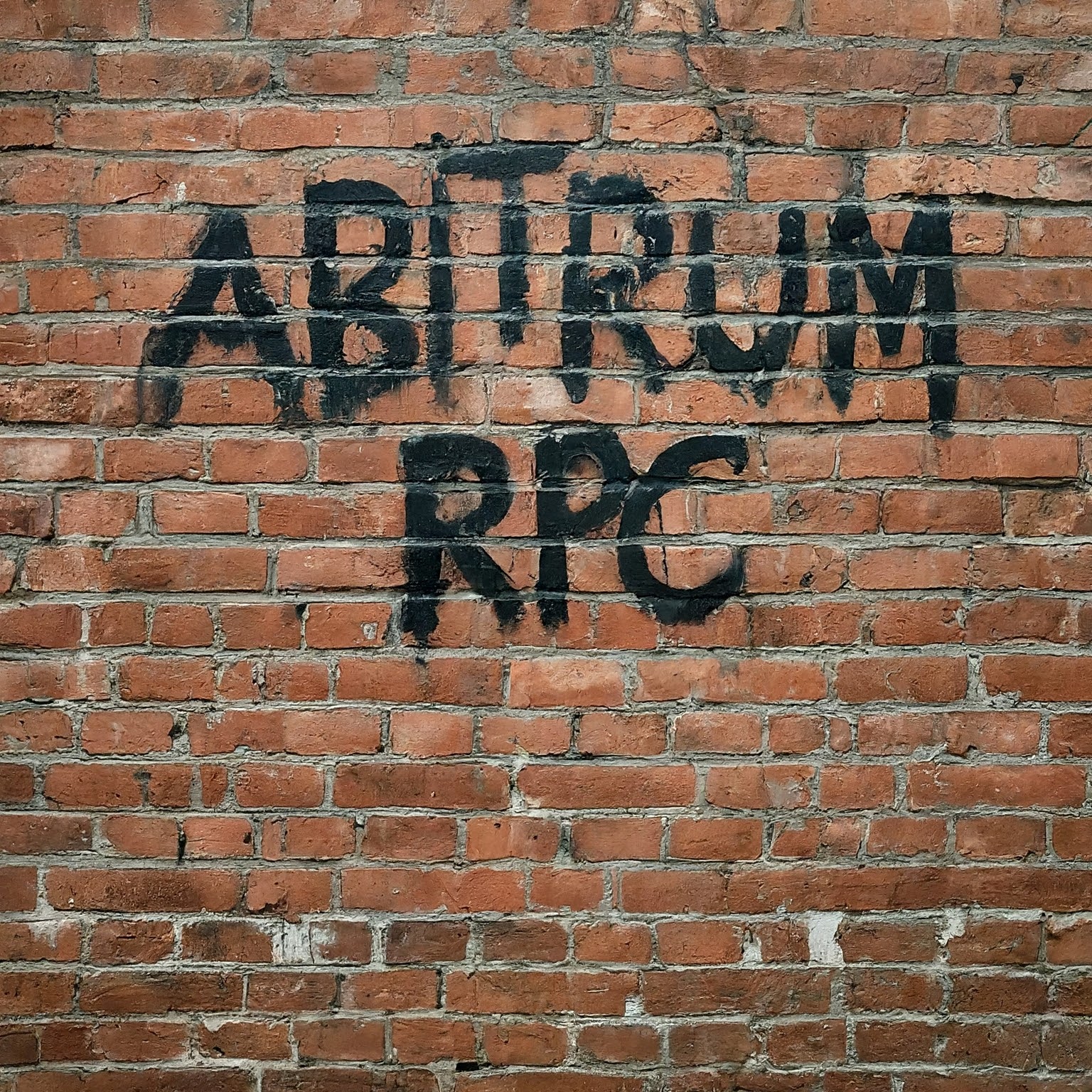

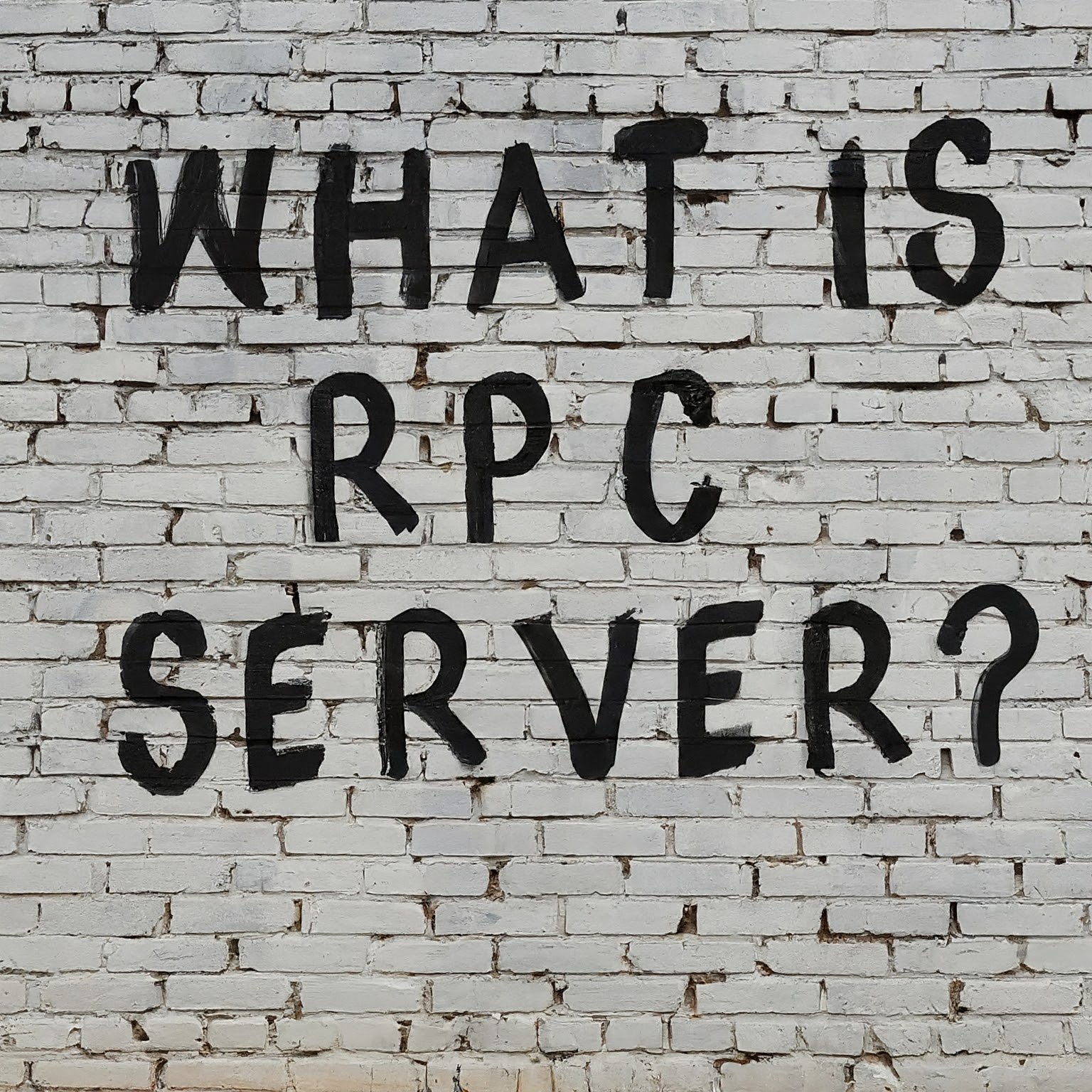

Leave a Reply
You must be logged in to post a comment.